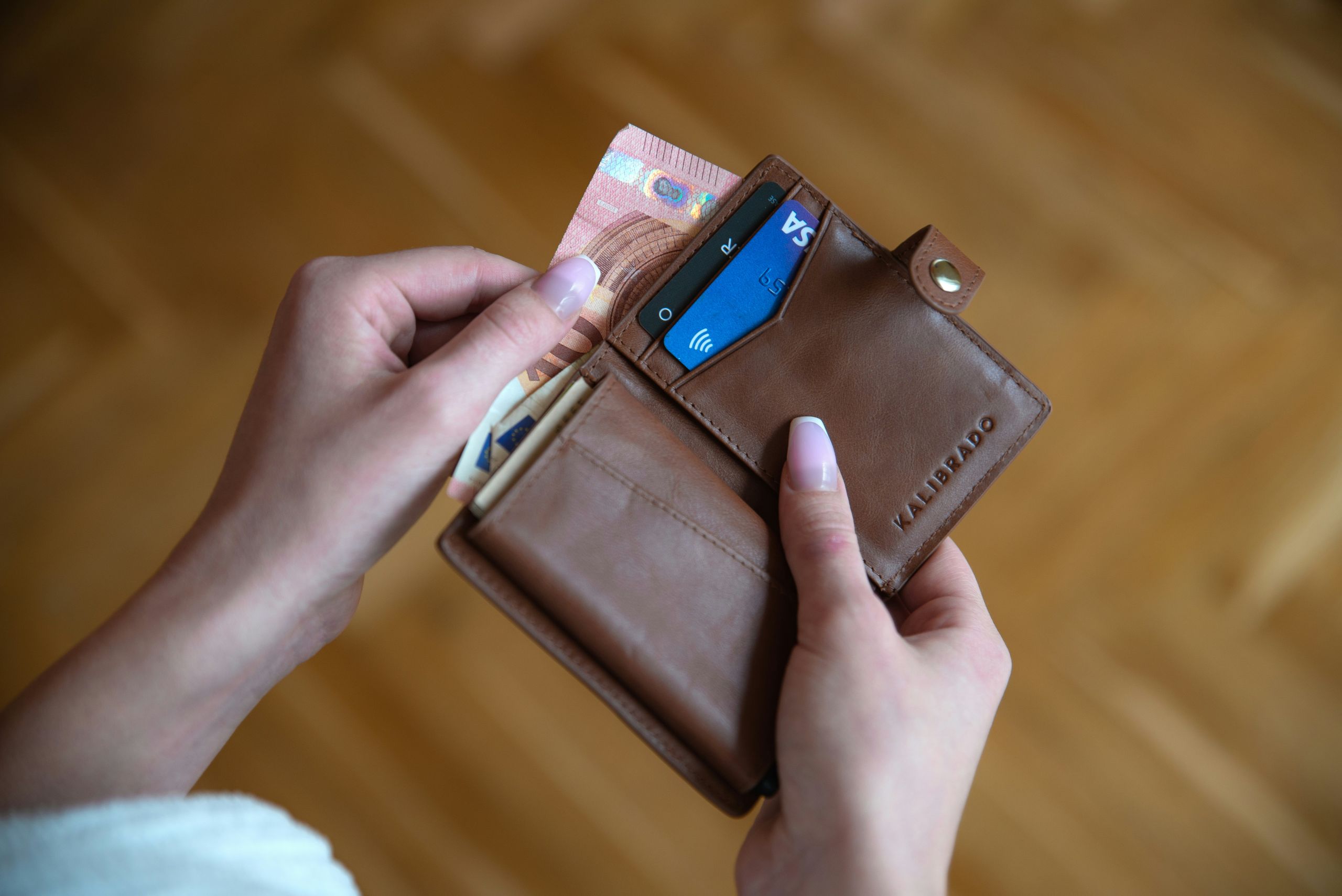Investigating The Co-movement Nexus Between Precious Metals markets, Global Economic Policy Uncertainty and Geopolitical Risk.
Keywords : Economic Policy Uncertainty, Geopolitical Risk, Precious Metals markets, Bootstrap rolling window, Wavelet
Current project status: paper submitted
The importance of the political aspect in the economic and financial landscape is highlighted by Caldara and Iacoviello’s (2018) Geopolitical Risk (GPR) index, which has been applied across various financial markets. Several empirical studies emphasize that geopolitical risks play a crucial role in investment decisions and market dynamics (Caldara and Iacoviello, 2022; Shahzad et al., 2023). This perspective is supported by research from Baur and Smales (2020), Chiang (2021), and Li et al. (2021), who have found evidence that gold can act as a hedge against increasing geopolitical risk (GPR). (Chiang, 2022b).
Few articles have simultaneously addressed the topic of precious metals while highlighting the economic aspect, the uncertainty of economic policies, and the political aspect, namely geopolitical risk. One can mention the works of Yilanci and Kilci (2021), Dogan et al. (2021), Chiang (2022b), Kamal et al. (2022), Muğaloğlu et al. (2023). These studies share the common goal of analyzing the complex relationship between commodities, economic policy uncertainty (EPU), and geopolitical risk (GPR). Their findings are highly relevant for investors and asset managers seeking to hedge against EPU and GPR during periods of economic and political tension.
To address this complex subject, it is necessary to pose several crucial questions :
- How do economic policy uncertainties impact the volatility of precious metals?
- What role does geopolitical risk play in the perception and strategies of economic actors regarding precious metals?
This research project makes a significant contribution to the existing literature because in contrast to many previous studies that have approached these relationships in a simplified manner, we explore a triangular relationship among precious metals, economic policy uncertainties, and geopolitical risk. By simultaneously examining these three elements, we provide a more comprehensive and realistic perspective on their interactions and the significant impact they exert on assets during periods of crisis, such as the global financial crisis, sovereign debt crises, as well as the covid-19 pandemic and the current conflict in Ukraine.
We employ two empirical approaches: wavelet coherence and bootstrap rolling window Granger causality.
The estimation results show evidence of unidirectional causality between GEPU and precious metals. In contrast, no causality was observed between GPR and precious metals. Additionally, parameter stability tests reveal evidence of abrupt structural changes during periods of turbulence. According to the results from the wavelet method, there are both positive and negative co-movements across different forecasting horizons.
These findings highlight the importance of considering both the time domain and frequency domain in analyzing this relationship, providing a crucial reference for investors and policymakers. The aim is to minimize uncertainty and hedge against geopolitical risks (GPR) by adjusting their behaviors over the short, medium, and long term. Additionally, strategies should be developed based on the specific concerns of investors and policymakers.
Authors:
ABDERRAZEK BEN HAMOUDA
Luxembourg School of Business, Luxembourg, Luxembourg
Related Researches
What if America’s tariffs are just one pillar of a far-reaching economic playbook? In this latest Toga of Truth contribution, our Dean, Prof. Dr. Patr...
In a country where preserving purchasing power is a cornerstone of social peace, is the current indexation system still living up to its purpose? Or h...
Ten years ago, the LuxLeaks revelations shed light on complex tax practices employed by multinational corporations. This groundbreaking investigation ...



